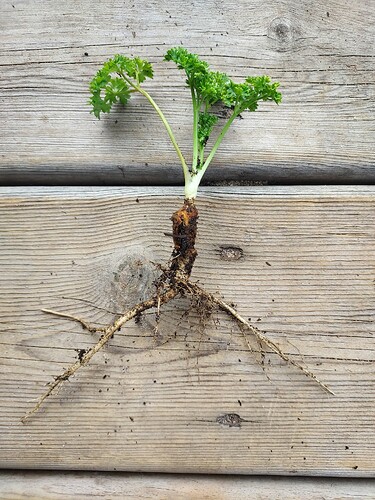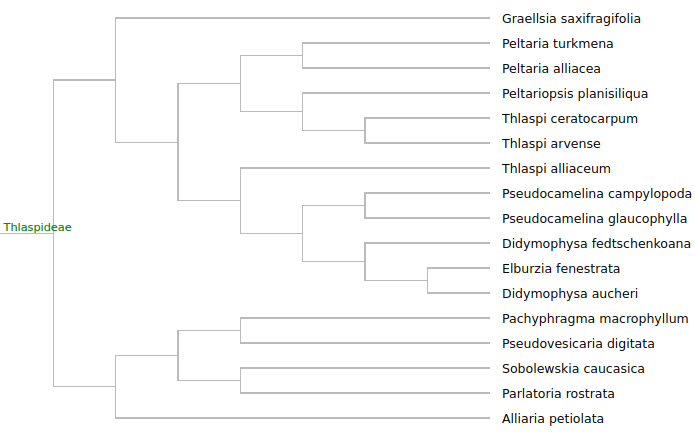I’m not sure which Brassica rapa or Brassica napus or in my orchard. The Brassica rapa looks like Red Russian kale, so it’s probably that. The Brassica napus doesn’t look like either rutabaga or Russian Hunger Gap kale, which are the only two varieties I remember specifically adding of that species, so it’s probably something else. Tasty leaves, though.
Sadly, I stepped on the napus a few days ago, and it’s looking like it may have died. ![]() (It’s right in the walkway; volunteers sometimes do that.) I sure hope it’ll rebound and be okay.
(It’s right in the walkway; volunteers sometimes do that.) I sure hope it’ll rebound and be okay.
I ate a few flowers of each of the plants I saved seeds from, and a few immature seed pods (which tasted just like broccoli – yummy!). I’ve been doing that with all the brassicas I save seeds from. It doubt it affected the perenniality of any of the plants at all. If I ate all the flowers and didn’t allow it to a plant to make any seeds at all, maybe it would, but that’s not something I’ve tried. (I want seeds!)
Yeah, Brassica oleracea has no spiciness. Its summer bitterness is very similar to the bitterness lettuce gets in summer.
There are perennial broccolis and cauliflowers – or at least, there is one: Nine Star perennial broccoli (which could also be argued is a cauliflower, beause the flowerbuds are white). I’ve tried it, and it died on me, but I want to eventually try again.
Honestly, though, if I want a perennial broccoli, I can just grow a yummy perennial kale . . . ![]() Still, a broccoli / cauliflower phenotype that grows a great big head would be nifty.
Still, a broccoli / cauliflower phenotype that grows a great big head would be nifty.
I seem to recall that when Mark Reed started working on his broccolish population, he found that brussels sprouts, cabbages, and kale seemed to be the most cold hardy phenotypes. He could get them to live through his zone 6 winter and make him delicious flowerbuds (which he called “broccolish”) in spring.





